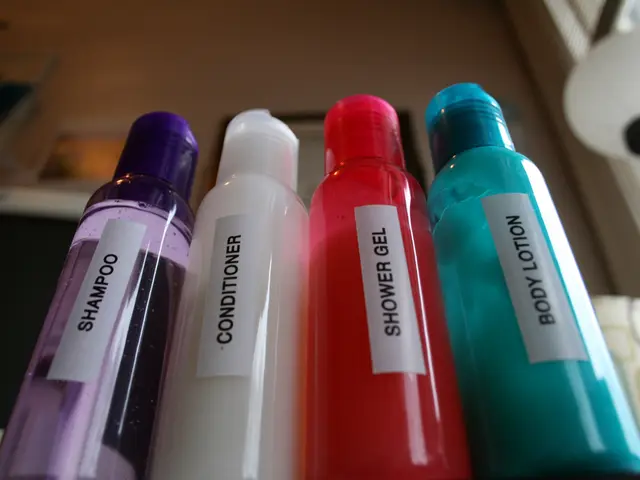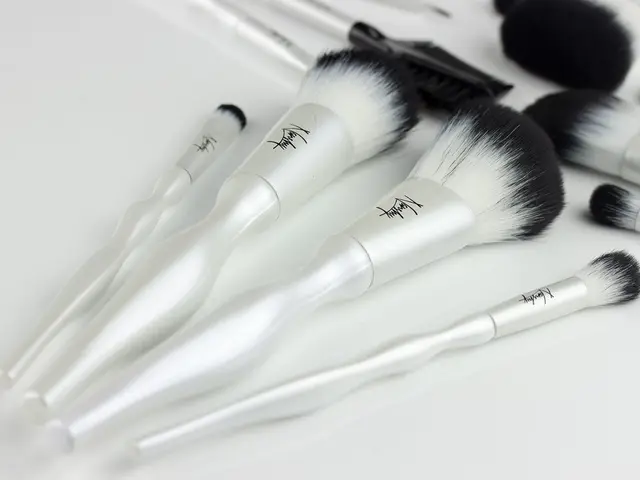The Scoop on Sunscreen: How Long Should You Use Last Year's Stuff?
Outdated sunscreen use poses risks: Here's why it's best to buy fresh. - Avoiding outdated sunscreen: Why it's crucial for your skin's health this year.
Does the sunscreen you stashed away last year still got your back? Without a doubt, it's not as dependable as you might think. Here's the lowdown on why it's smarter to ditch that old sunscreen bottle instead.
Most sunscreen bottles come with an expiration date, indicated by an open jar symbol and a number like "12 M" inside. This suggests that the sunscreen remains effective for up to 12 months after opening. But, remember, the manufacturer's guarantee only holds that long. poor storage conditions, such as exposure to high heat or leaving it in a hot car, can make the sunscreen lose its effectiveness more quickly.
Oxygen's Impact on Sunscreen's Ingredients
Professor Eckhard Breitbart, a dermatologist, usually recommends you cough up some cash for a fresh sunscreen pack rather than attempting to salvage the old one. According to him, when the sunscreen container is opened, oxygen enters, leading to oxidation. This, in turn, alters the ingredients and makes it hard to preserve the protective function.
In a 2021 study, researchers from Sorbonne and CNRS scientists discovered another drawback of sunscreen with the UV filter Octocrylene. Over time, a potentially carcinogenic molecule called Benzophenone forms in these creams. Additionally, this molecule may trigger allergies too.
Benzophenone: A Troublesome Molecule in Sunscreen with Octocrylene
The researchers tested 17 sunscreen products with an SPF of 50. Octocrylene was present in 16 of these. They put the sunscreens in a heat-and-humidity-controlled incubator for six weeks, simulating one year of room-temperature storage. Post six weeks, the sunscreens were in the same state as they'd be after a year of storage at room temperature. Benzophenone was found in sunscreens without Octocrylene, but in the other 16 sunscreens it ranged from 39 mg/kg in fresh state to 75 mg/kg after six weeks.
The North Rhine-Westphalia Consumer Center suggests that mineral UV filters such as "Titanium dioxide" or "Zinc oxide" tend to be more stable. You can detect the presence of Octocrylene on the ingredients list - it'll be labeled as "Octocrylene."
- Sunscreen
- Sunscreen lotion
- Sun damage
Other Engaging Topics:
- Chin Hair Growth and Aging Women
- Why Coffee Makes Us Need to Use the Bathroom
- The Cause Behind That Annoying Eye Twitch
Resources:
- Sorbonne Study
- Apotheken Umschau
- North Rhine-Westphalia Consumer Center
As the researchers from Sorbonne and CNRS observed, the UV filter Octocrylene in sunscreen products can lead to the formation of a potentially carcinogenic molecule called Benzophenone over time.
Moreover, the Commission has also adopted a proposal for a directive on the protection of workers from the risks related to exposure to ionizing radiation, emphasizing the importance of health-and-wellness and skin-care, as well as the role of science in understanding the impact of sunscreen ingredients on skin health.








